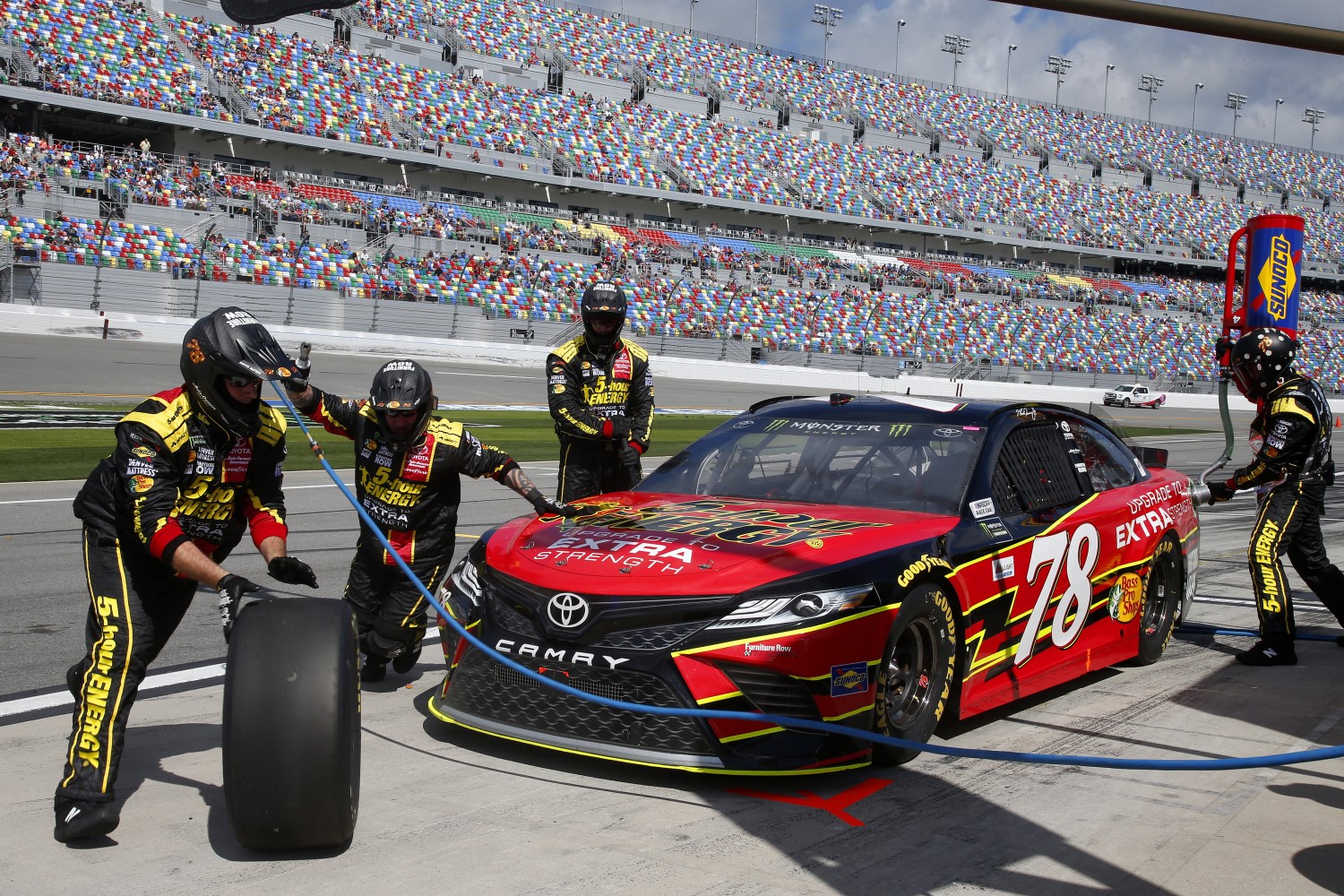Once a thriving sport, NASCAR running low on fuel
 |
| Can NASCAR reverse the loss of fans and TV viewers? |
NASCAR will open its 70th season on Feb. 18 with the running of the Daytona 500, the sport’s premier race. Unfortunately, the excitement generated by the race is in sharp contrast to the business prospects for the once-thriving sport.
Note: This article segues into the rumor that NASCAR could possibly go up for sale
Absent from last season’s lineup of drivers will be three stalwarts who were important to the sport’s demographics: Danica Patrick, a marketing machine and an inspiration to women; Matt Kenseth, a 45-year old former champion; and most important of all, Dale Earnhardt Jr., winner of NASCAR’s Most Popular Driver award for the past 15 years.
Patrick and Kenseth failed to secure full-time sponsorship, the lifeblood of the sport. For Patrick, her lack of success – one pole and no wins during her six-year career – did her in, although she will race in this year’s Daytona 500. While Kenseth didn’t lack for on-track success, he may have priced himself out of the garage.
Earnhardt stepped aside voluntarily after suffering concussions that limited his seat time in recent years. Although he never won a championship, Junior did win 26 races in his 19-year career. More importantly, he stepped in to fill the void left after his father died in a last-lap accident during the 2001 Daytona 500.
In addition to being a regular contender for the championship, he was the sport’s No. 1 ambassador. Fortunately, while he will no longer compete on the track, Earnhardt won’t be far from it. He will continue his ownership in an Xfinity team, NASCAR’s equivalent of Triple A, and slide into the NBC booth as a race commentator.
The loss of three important drivers and personalities from last year’s campaign continues a trend that saw four-time champion Jeff Gordon retire after the 2015 campaign and two-time champion Tony Stewart retire in 2016. Drivers have become younger and less recognizable, and more important to team owners – given the sport’s deteriorating economics – less expensive. Sponsorships aren’t the only thing difficult to find in NASCAR. Due to the number of races and over-priced tickets, attendance has fallen so precipitously that many tracks no longer announce attendance figures. To compound matters, TV ratings have fallen by 45 percent since their 2005 high.
Monster Energy signed a two-year title sponsorship prior to the 2016 season for $20 million per year, less than half the amount paid by its predecessor, Sprint. The deal included a two-year option which was set to expire on December 31, 2017. After NASCAR agreed to extend the deadline, Monster Chair and CEO Rodney Sacks said his company was “evaluating" its future with NASCAR, which sounds suspiciously like the company is merely delaying the inevitable separation.
What to do? The most frequently heard suggestions are to reduce the 36-race season, a marathon that takes its toll on everyone in the sport; schedule mid-week races; lower ticket prices; make the races more exciting; and send the France family, who have controlled NASCAR since its inception, out to pasture.
One thing is certain: NASCAR’s future is at best cloudy. A sport where cars start every race with a full tank of gas, is dangerously low on fuel. Jordan Kobritz/Daily Courier
